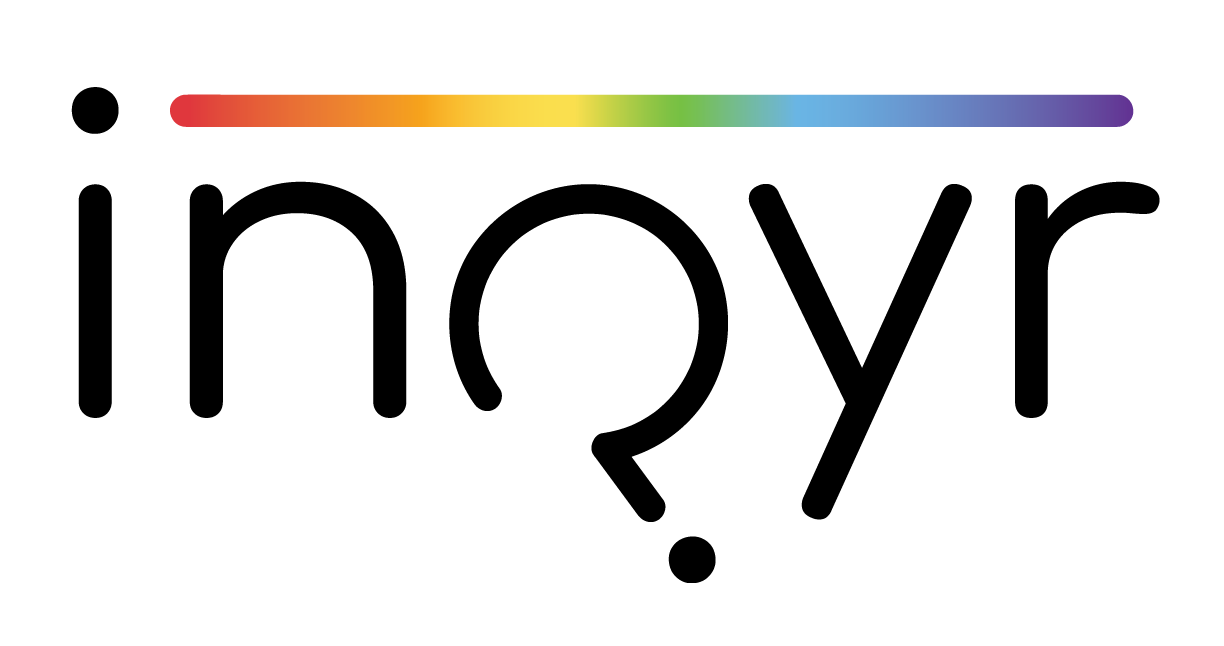Emotions, Agency, and Materiality: Embodiment of Homophobic Discrimination Amongst Mexican LGBTQ+ Youth
Ignacio Lozano-Verduzco, Lenin Zamorano Martínez, Juan Carlos Mendoza-Pérez, Shelley L. Craig & Andrew D. Eaton
Highlights
Background
Homophobia, understood as prejudice, discrimination, and stereotypes that create vulnerable spaces (Lozano-Verduzco, 2016), is experienced by 60-83% of LGBTQ+ youth in Mexico due to their sexual orientation, gender identity, and/or gender expression (Lozano-Verduzco, Fernández-Niño & Baruch-Domínguez, 2017; Lozano-Verduzco & Salinas-Quiroz, 2016; Mendoza, Ortiz, Roman, & Rojas, 2015; Mendoza-Pérez & Ortíz-Hernández, 2018, 2020).
Homophobia at the level of institutionalized, patterned, behaviour regulates the expressions of homoeroticisms by producing emotions such as fear, guilt, and sadness (Nuñez’s 2000, 2007; Lozano-Verduzco, 2015). Said emotions are fundamental in developing health afflictions such as depressive symptoms and risky sexual practices (Granados-Cosme, Torres-Cruz, & Delgado-Sánchez, 2009).
Study Description
This study aimed to understand the material and affective adversities LGBTQ+ youth face, the communities they can access, and the processes used to fight adversities to create a self that is loyal to both erotic desire and body representations.
Focus groups were caried out in Monterrey, Mexico City, and Mérida with three separate groups for gay and bisexual men, lesbian and bisexual women, and trans people while following a semi-structured interview protocol. 75 LGBTQ+ youth took part in these groups. This method was chosen to allow for horizontal dialogue and bricoleur analysis: the knitting of different perspectives and reorganizations (Kamberelis & Dimitriadis, 2015).
Data was analysed through the lens of grounded theory (Charmaz, 2011).
Key Findings
Four dimensions of embodiment emerged in the analysis: Violence, Emotions, Materiality, and Agency.
Violence negates, excludes, or invisiblizes same-sex desire and or/gender expression while simultaneously producing affect and relationships. Violence becomes embodied through emotions.
Emotions are patterns of affective expression. Participants reported feeling sadness, pain, and guilt from living with violence, as well as the anchoring of specific political emotions in disgust. Homophobic
violence and its emotional effects give form to body expression and presentation.
Materiality refers to elements that LGBTQ+ youth can physically interact with, such as one’s own body, other’s bodies, or physical elements in which bodies interact. Participants cite becoming victims of violence because their bodily expressions do not align with social expectations and norms, which then leads to solitude. Solitude may produce affective assemblages such as courage or bravery.
Agency is a participant’s capability to change, alter, or transfer their material reality, relationships, affects, and lived experiences. Like courage and bravery, guilt can also be a motor for change. One process of resiliency is normalization.
Conclusion
The dimensions of Violence, Emotions, Materiality, and Agency interact in a dynamic, cyclical, relationship.
Spaces providing flexible discursive frameworks and tools must be created for LGBTQ+ youth in order for them to produce affective assemblages that recognize their human dignity and well-being.
Future research is required for the wide array that homophobic and transphobic violence and discrimination encompasses, as well as their effects on health, well-being, and the interactions of LGBTQ+ individuals.

